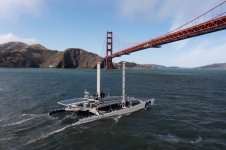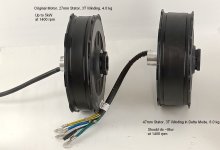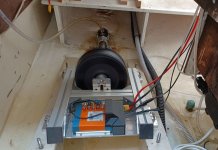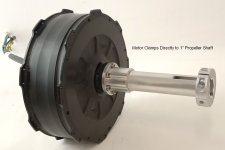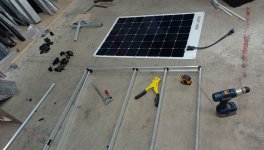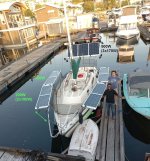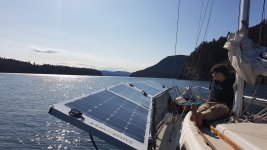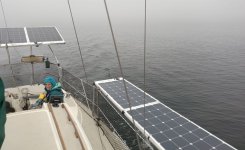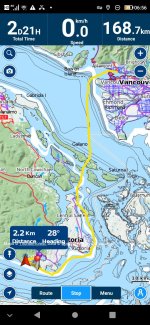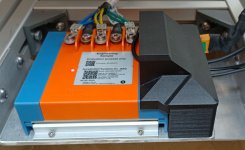nicobie said:
Well done!
I liked the fittings you made with your new 3d printer. There are a few of us on the forum that are playing around with them, but not with a commercial one.
Yeah, it's such a world of difference! I really have gone from a total FDM printer skeptic to a true believer after we got this in our shop. The unit we have is from a local Vancouver company called Pantheon Design:
https://www.pantheondesign.com/high-speed-3d-printing
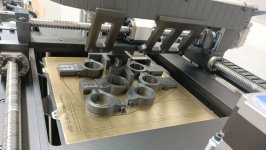
They started off more as a print farm operation but expanded into building their own in house 3D printers after being unsatisfied with existing printers on the market, and are in the early stages of commercializing a printer in about the $8K price range. It's all ball lead screws, super fast precision servo motors etc. So it's definitely not a DIY or hobby territory but for a manufacturing business like us it's almost a no brainer.
Looks like you are using CF/nylon filament. Curious which brand you picked?
Yeah that's close! This is actually the CF/ PTGE from filaments.ca
https://filaments.ca/collections/3d-filaments/products/carbon-fiber-petg-filament-1-75mm?variant=1299737051144
Since that's that they suggested as an ideal all-around engineering material, but I'm actually more inclined to the properties of both Nylon or PC plastics and will probably try those in our next filament order.
We did have a few parts from the PETG/CF filament that cracked in a brittle fashion, in this case here one end of the tube holding the solar panels swung out by mistake while we were assembling it and the prying snapped the clamp at the pinch bolt.
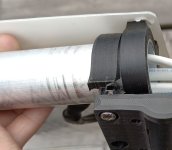
I imagine the Nylon/CF material would have held up better in this scenario. Since this is a pretty critical and high stress part of the panel attachment I redesigned it after this incident to use laser cut aluminum plates that wrap around the aluminum tube of the solar panels, while the 3D printer was used to make a filler spacer that bridges between the round stantion post and the flat metal plates. That worked perfectly and gave the assurance of having for an all-metal support of the pivoting side solar panels while the 3D printed bit is just in compression.
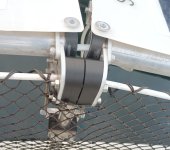
Otherwise though for the arch supporting the rear solar panels all the structural links were done with 3D printed clamps. I was using some salvaged 7/8" diameter tubing for the arch, while the cockpit rails are all 1" stainless, and this made it easy to bridge the two different tube diameters at all the necessary angles.
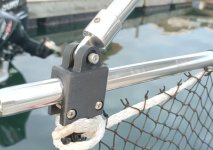
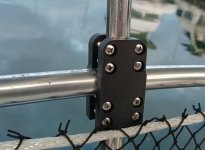
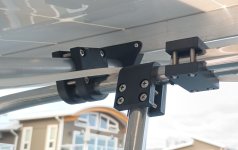
It likely wouldn't hold up in a crazy offshore winds but for the fair weather sailing we'll be doing I'm quite confident in the strength of this solution. It certainly looks pro and was a heck of a lot easier than trying to get my TIG machine and shielding gas down to the boat and welding it together.




